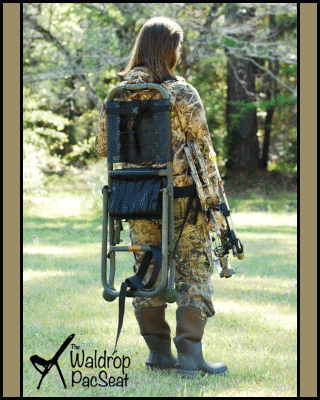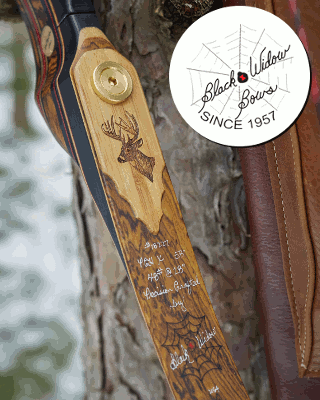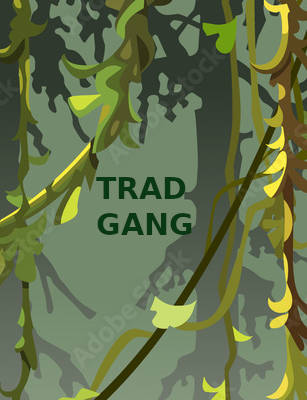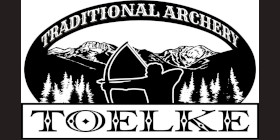Here's something you might not see anywhere else:
http://www.youtube.com/watch?v=-e48sgIHZkw&eurl=http%3A%2F%2Fwww%2Eanvilbrand%2Ecom%2F&feature=player_embedded It's not that ring is good or bad, it's just that traditionally the FIRST thing to Go on an old farrier or blacksmith is his hearing! If you have an anvil that has a sharp ring, wear ear plugs.
One thing to remember is that the weight of an anvil is proportional to the weight of the hammer that is predicted to be used.
I'm not even sure what it is, but it might be something like 50 pounds of anvil to 1 pound of hammer.
Why?
Because when you smack your hot steel with the hammer, there should be an equivalent SMACK from the anvil UP! Your steel shoud be getting whacked from both sides at the same time. This can only be accomplished with an appropriate amount of MASS under the hammer to return the blow back to the steel.
If you are using a small weight anvil, your hammer blow just sort of passes right through the anvil and is absorbed by the ground/base under the anvil.
A heavy anvil returns that inertia right back to the steel.
I've experienced this myself. The heavier the anvil, the more energy of your blow is retuned to the steel.
I find that the heavier the anvil, the less qwork I need to do to get the job done.
Make sense?
A small anvil and you'll be hammerin' all day.
I have a 135 and a 167 right now but I want a 260. Less work and more efficient.
Best thing to do is spend some time at places where there are anvils to work on and find what suits you best.
This, like other facets of knife making, is pretty simple:
Buy the biggest and the best you can afford the first time.
Usually, later, you'll be stepping up anyway.




















